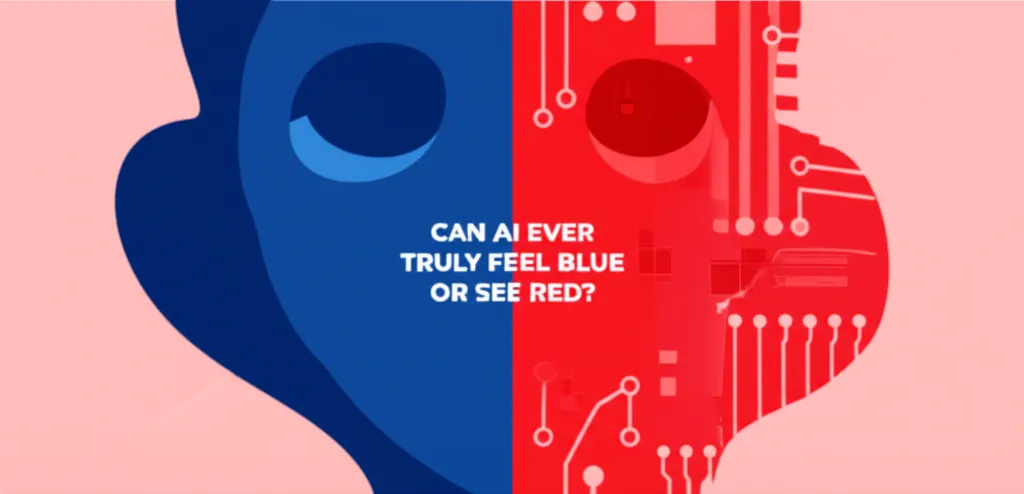AI Pilots Simulated Spacecraft in Groundbreaking NASA Test
Artificial intelligence is rapidly becoming an unstoppable force, and it has now officially arrived at NASA. A recent discovery is poised to spark a technological revolution in space exploration, as a simulation has shown that AI can perform surprisingly well as a spacecraft pilot.
In a test that recreated realistic space scenarios, an AI was tasked with flying a spacecraft. The results were not just positive; they were exceptional, opening the door for AI to be used in real-world missions.
NASA Explores AI Pilots in a Groundbreaking Simulation
In a collaborative effort, a team from The Polytechnic University of Madrid and the Massachusetts Institute of Technology (MIT) designed a perfect scenario to test an AI's performance as a spaceship pilot. Using a large language model like ChatGPT, they achieved results that surpassed all expectations. The key to their experiment was the use of the popular video game simulator, Kerbal Space Program, a tool that is increasingly being adopted for scientific research due to its realism.
Kerbal Space Program is a space simulation game that allows users to manage an entire space program. Its high degree of realism makes it an invaluable tool for the scientific community, allowing for complex experimentation without the prohibitive costs and risks of real-life missions. For this study, researchers set up a competition with objectives like intercepting satellites, positioning a craft in specific locations, and escaping threats, all to test different AI systems.
The Unconventional Training of an AI Astronaut
Typically, training an AI involves feeding it complex algorithms, physics equations, and detailed simulations. However, this experiment took a radically different approach: it used only natural language. The model was given information about its environment, position, speed, and orientation, all translated into text. The AI then processed this information and responded with its intended actions, also in natural language.
Specialized software converted the AI's text-based responses back into commands the simulator could understand. In essence, the AI received a text message about its status and replied with a text message detailing what to do next. The major advantage of this method is that these models are already trained on a massive amount of information, which saves significant time in test simulations. For this study, the researchers provided examples from previous missions using techniques like “few-shot prompting” (giving a few examples to guide the answer) and “fine-tuning” (specializing the model) to achieve much more refined results.
ChatGPT vs LLaMA The AI Space Race
The researchers didn't limit their tests to just ChatGPT; they also included the LLaMA model created by Meta. Each AI brought different benefits to the table. While both were tested under similar conditions, ChatGPT 3.5 proved to be the faster model. On the other hand, LLaMA demonstrated a greater capacity for learning and improvement as the training sessions progressed.
The competition, named KSPDG (Kerbal Space Program Differential Games), placed both AI models against traditional optimization techniques. In the final ranking, both ChatGPT and LLaMA were runners-up to a traditional method, but their performance revealed a far superior capability than anyone had anticipated.
The Future of AI in Space A Promising but Cautious Outlook
While the results of this experiment reveal enormous potential, it is crucial to acknowledge the significant risks involved. During the tests, the AI models still made some mistakes and occasionally gave nonsensical answers. In a real-world scenario, such errors would not just lead to mission failure but could create extremely dangerous situations.
For now, we will have to wait for these models to be refined further. However, the success of this simulation is a convincing sign that we will see this kind of AI technology integrated into space exploration sooner rather than later.


